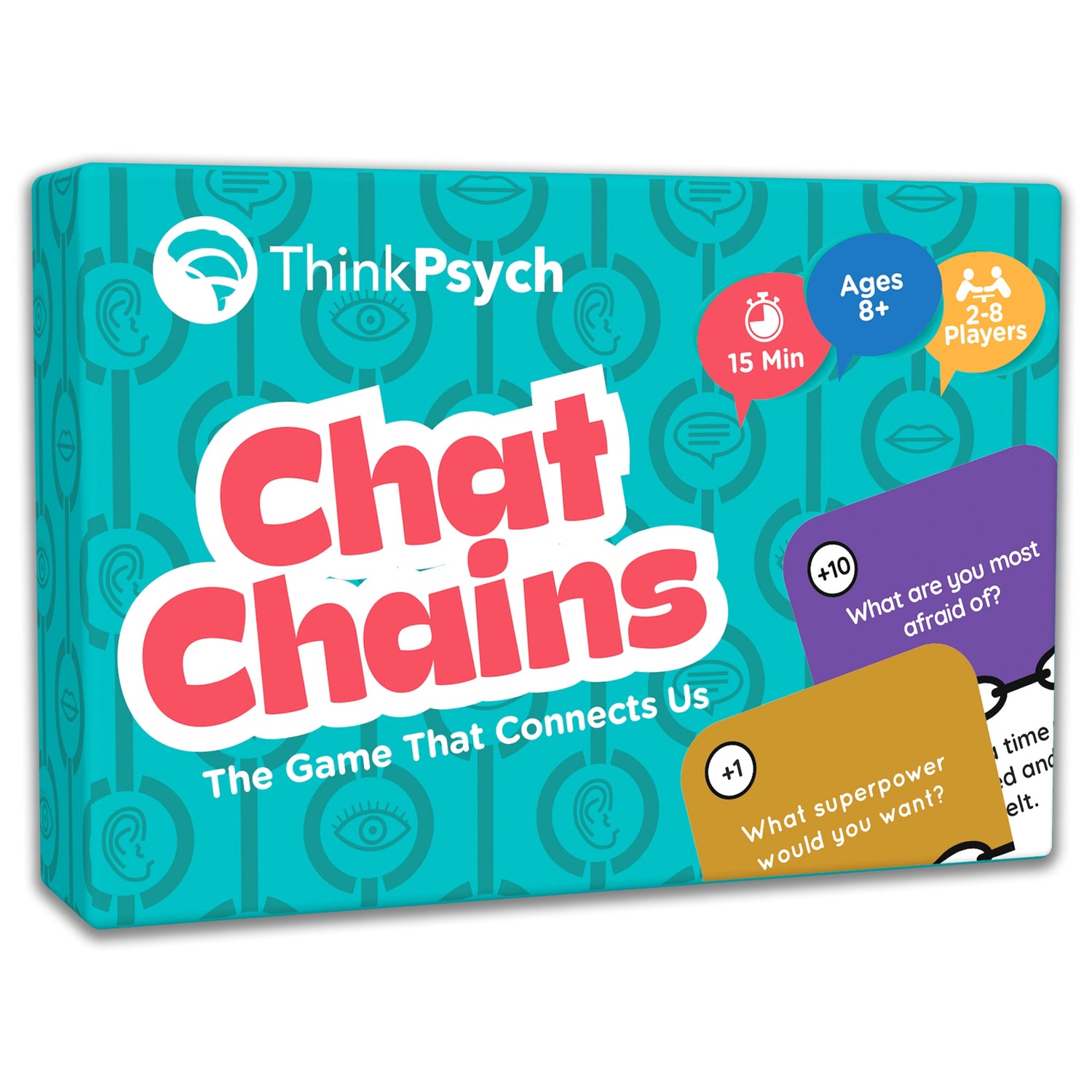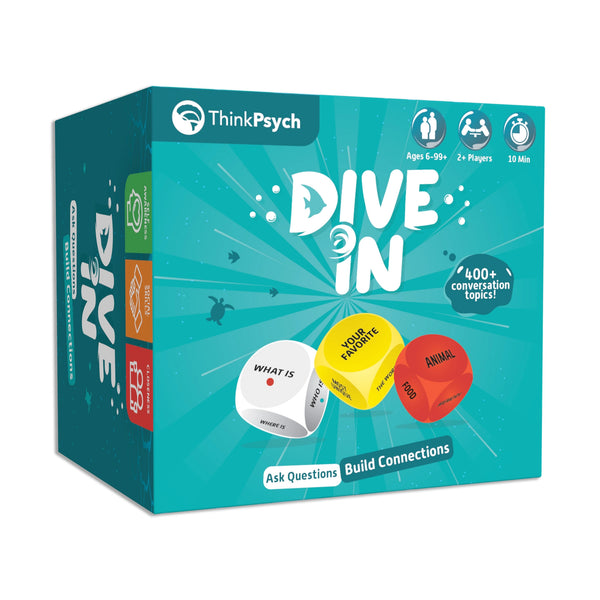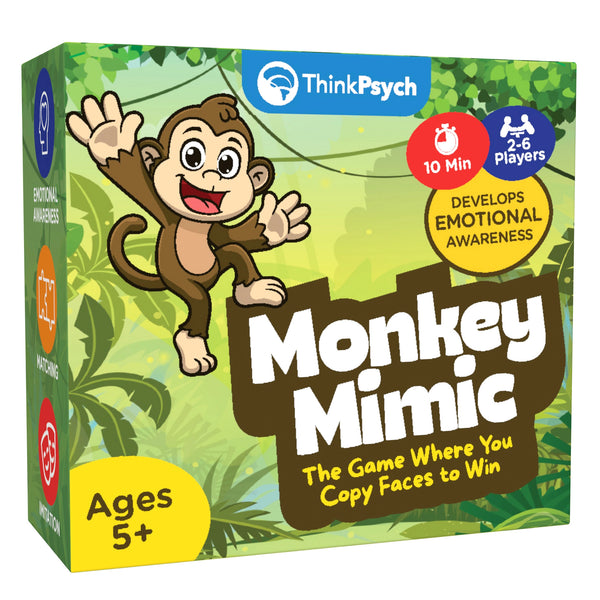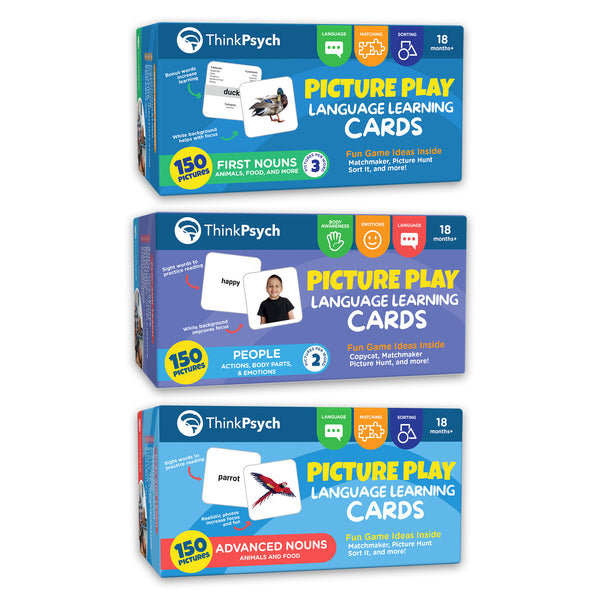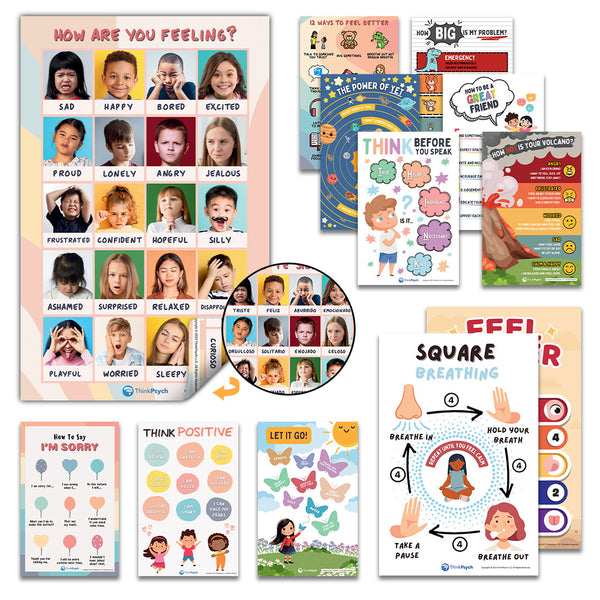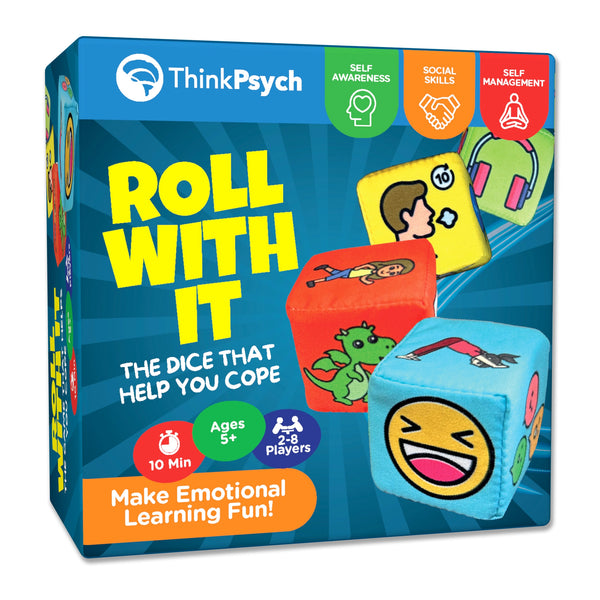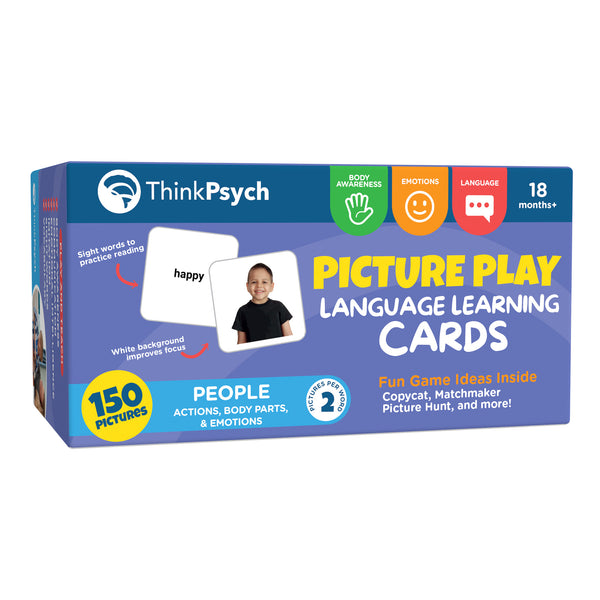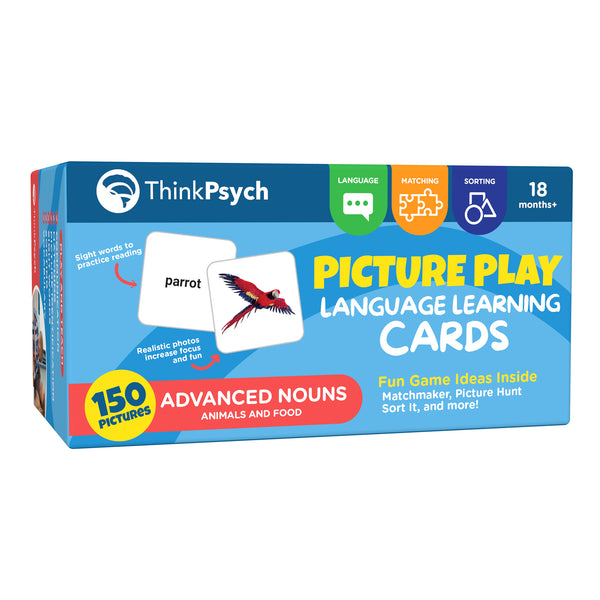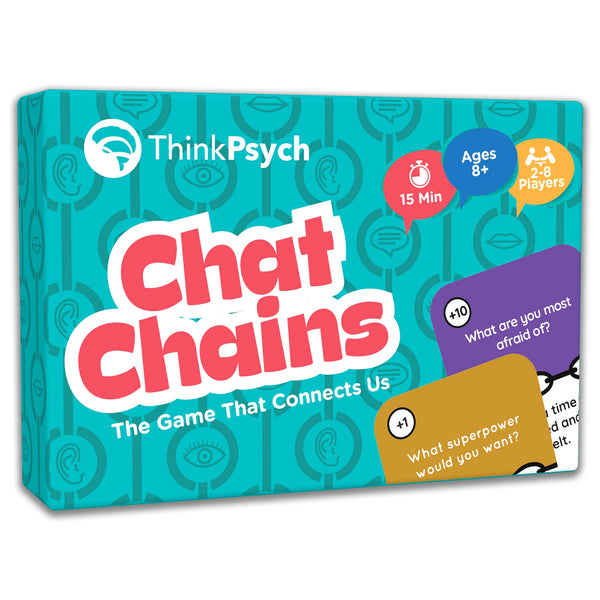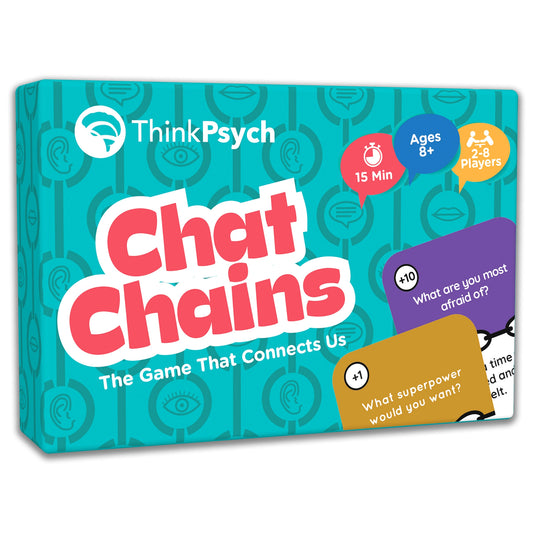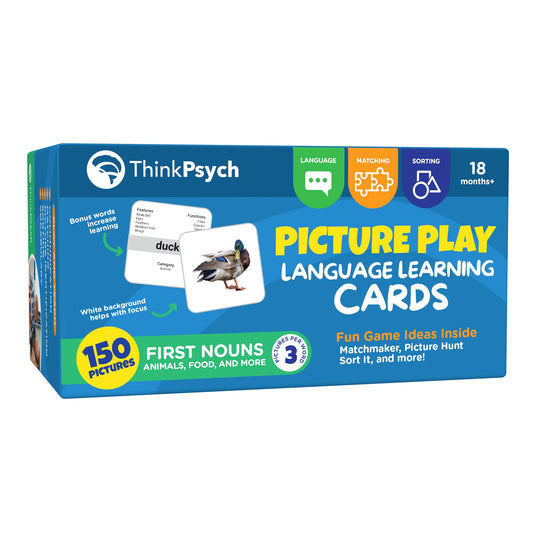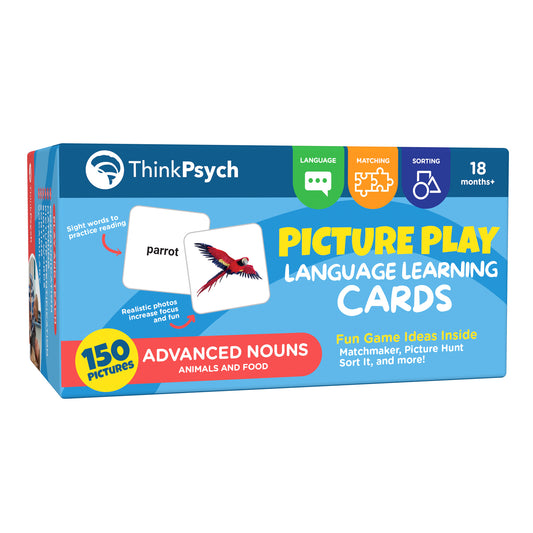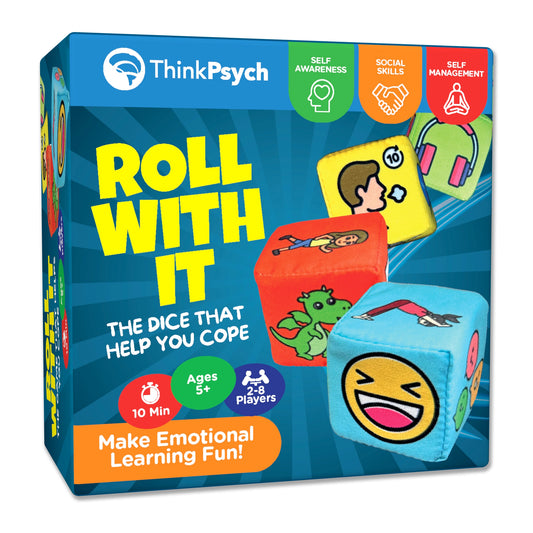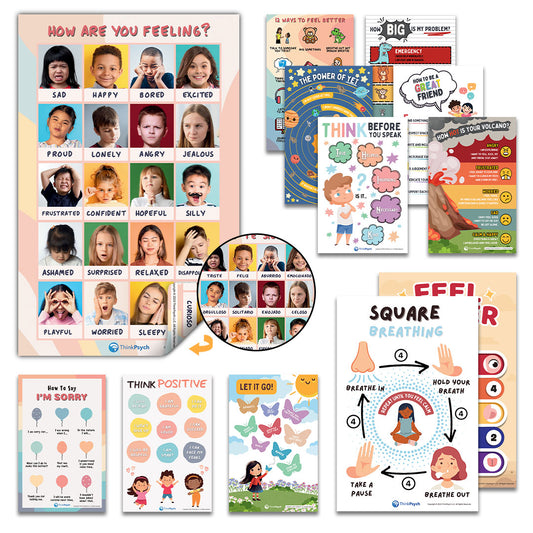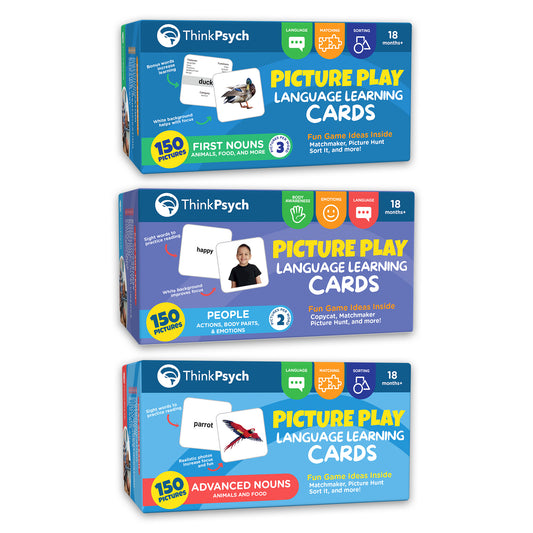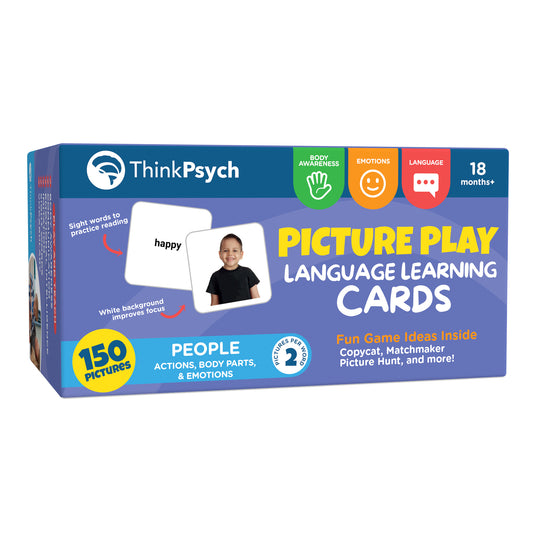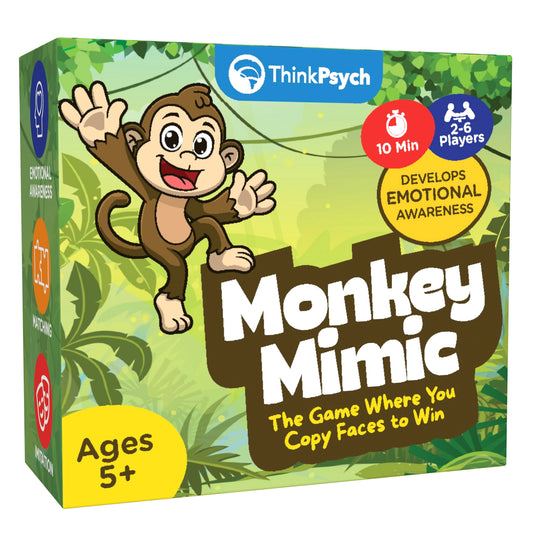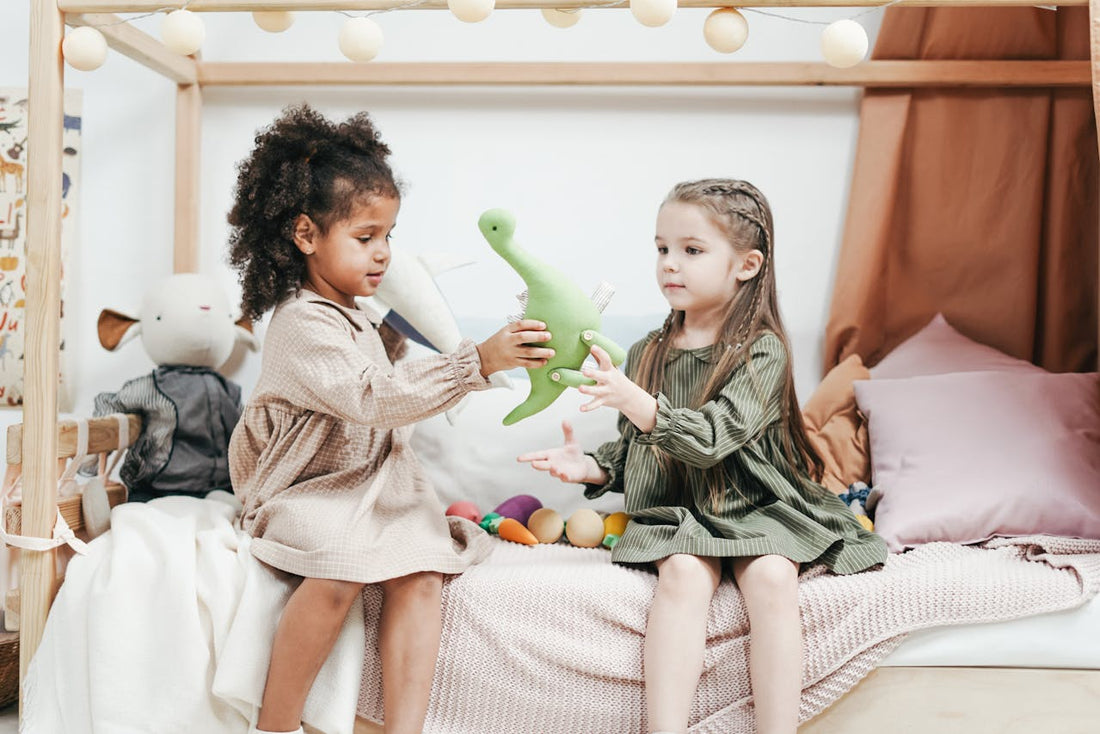
Saying Sorry for Real: How to Teach Your Kid to Apologize
Share
“I’m sorry.” Even adults sometimes struggle to say these two little words and make amends.
For children, saying sorry is an essential step in taking responsibility for their actions. Most importantly, it’s a profound way of enhancing empathy and considering how others feel. Studies show that apologies lead to reduced conflict, a physical release of tension, and stronger relationships.
Keep in mind that apologizing is a skill that must be developed. To teach your kid to apologize, we’ve put together expert-backed tips to sincerely say sorry and build empathy.
Steps to Teach Your Kid to Apologize
The best apologies should come from the heart. Yet, it takes time for kids to get the hang of formulating apologies and proactively making them. Here’s how you can improve these skills as your child grows.
1. Be Honest About Your Child’s Behavior
It’s hard to teach your kid to apologize if you treat them like an angel. Be sure you’re honest with yourself about your child’s behavior. Everybody makes mistakes, after all! Otherwise, you may not be able to help your kid identify a mistake and seek forgiveness.
2. Discuss How the Mistake Affected Everybody
Typically, kids don’t want to admit a mistake because they’re afraid of embarrassment or punishment. It’s important that your child understands that mistakes are a normal part of life.
Start by discussing why your child acted in the way they did. For example, let’s say your kid hit a classmate after he said something mean. Sympathize with their reasons (“That comment must have made you feel angry.”)
From here, brainstorm together how your kid’s actions affected others. Try to foster empathy by asking questions (“How do you think your classmate felt after you hit him?). Identifying the other person’s emotions will help your child unlock their sense of empathy.
3. Model a Two-Step Apology
Now it’s time to think through an apology. Suggest a formula for your child to use during their early attempts. The most meaningful apologies usually have two steps: saying what you’re sorry for and what you’ll do to make it up.
For young children, it’s enough to say something like “I’m sorry for hitting you. That wasn’t very nice of me.” You might also propose that your kid do a “make-up action.” For instance, they might hand their classmate a beloved toy or draw them a picture.
4. Support Your Kid as They Make Amends
While you shouldn’t force your child to apologize, it’s worth being present as back-up. Role-play their apology beforehand. Don’t just focus on their words, but also their body language. Try to practice standing tall and making eye contact. It’s also worth staying close by as emotional support, if needed.
5. Make Sure They Mean It
Kids can be too smart for their own good. Make certain your kid isn’t just apologizing to “get off the hook” with punishments. Don’t go overboard with praise, either. After they make a successful apology, you might give verbal approval but avoid treats, such as going out for ice cream.
Although it’s tough to teach your kid to apologize in a heartfelt way, you can encourage this skill by talking through their feelings and focusing on nurturing empathy. You might even talk about how apologizing can make your kid feel better about what happened.
Customer Favorites From Our Store
6. Think Through What to Do Differently Next Time
Apologies happen after a mistake has already been made. Yet it’s a good idea to talk about what to do before things get out of control.
Talk with your child about what they could have done differently. Suggest solutions to the conflict that could help “cool down” the situation. For instance, instead of hitting their classmate, your child could have:
- Walked away from the situation
- Told the classmate how they felt
- Asked a trusted adult for help
Discussing these “redos” will build problem-solving skills as your kid faces conflict. In particular, these strategies are useful if your kid has a sibling and may encounter similar scenarios on a daily basis.
Ways to Uplift Apology-Related EQ
It takes time to teach your kid to apologize, but you can strengthen your child’s abilities by enhancing their overall EQ. Here are ways to boost empathy in your child every day.
Identify Emotions Together
Nurture your kid’s EQ by identifying feelings throughout the day. You might model expressing how you’re feeling, or help your child pinpoint when they’re having big feelings.
At ThinkPsych, we’ve designed emotion posters to aid your child in determining how they and others are feeling. Put up our “How to say I am sorry” poster, or check out a variety of others to support your kid’s EQ development.
Foster Perspective-Building
Additionally, you can encourage your kid to consider others’ perspectives through: storytelling and books, movies and pictures, and make-believe play.
Try discussing how the characters feel and why. This will help your kid identify emotions within the safe space of the story. You can also make up your own stories together before bed as a regular routine. Get a variety of empathy activity ideas in our guide here!
Put Empathy in Action
Saying “I’m sorry” is a good start for cultivating empathy. At the same time, there are plenty of other ways to turn empathetic thinking into action. Advance your kid’s EQ by coming up with actions such as:
- Drawing a picture for a friend
- Helping a sibling with homework
- Calling grandparents to say hi
- Bringing a neighbor something from your garden
These types of actions focus on proactively thinking about others’ feelings. Taking this next step will help your kid promote empathy skills in a positive light.
Successfully Teach Your Kid to Apologize With ThinkPsych
Teaching your kid to apologize isn’t done overnight. With our tips for saying sorry, your child will start developing the key skills to make amends and stay attuned to others’ feelings. Moreover, you can create a strong sense of empathy in your household with our recommended daily activities.
At ThinkPsych, we’re here to support your kids during their EQ development. Check out our expert-designed emotion posters and learning games for a fun way to build empathy. While you’re at it, browse our ThinkPsych blog for more top ideas to boost your kid’s EQ!
References:
- Advanced Psychology Services, How to Teach Your Child to Apologize Sincerely, https://www.psy-ed.com
- Positive Parenting Solutions, How to Teach Kids to Say Sorry: 3 Steps for Success, https://www.positiveparentingsolutions.com
- Today’s Parent, Here's What Works Way Better Than Forcing Your Kid to Say Sorry, https://www.todaysparent.com
- The Conversation, Should Parents Ask Their Children to Apologize?, https://theconversation.com
- Psychology Today, Should You Make Your Kids Apologize?, https://www.psychologytoday.com
- Pexels, Siblings Playing Green Plush Toys, https://www.pexels.com
